On Geisha & Cephalopods
This is a translation of a German post. View original or Never translate German
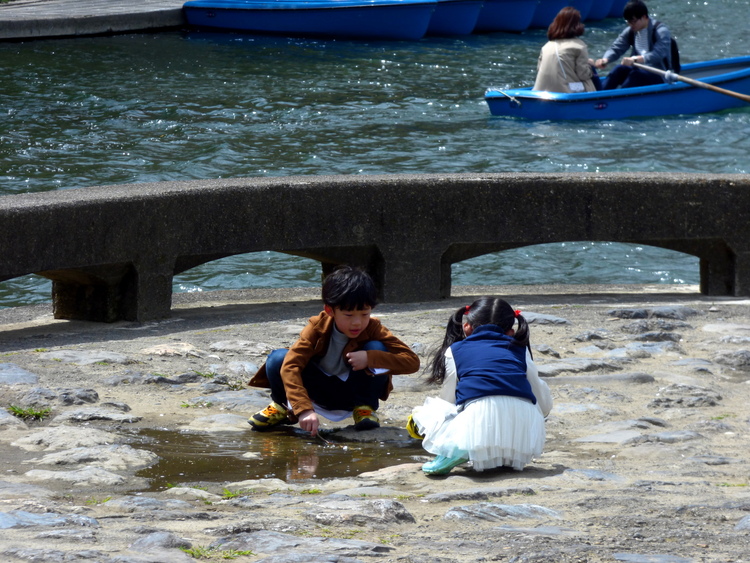
Play with me
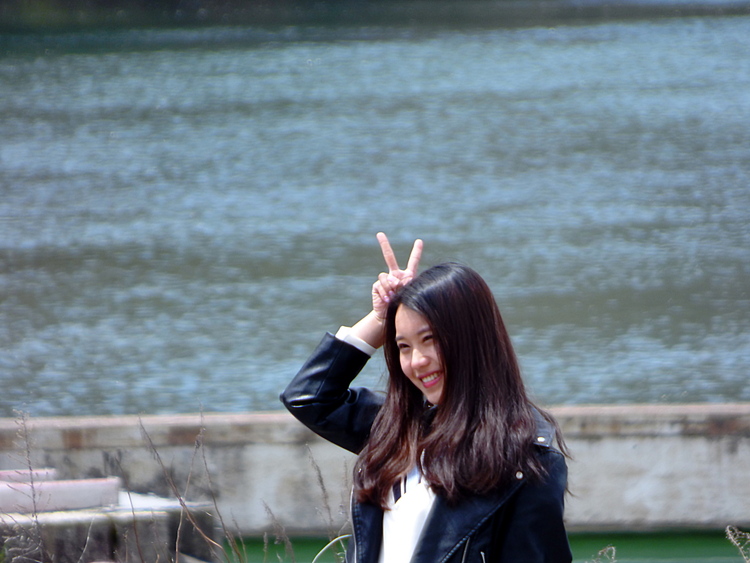
Bunny
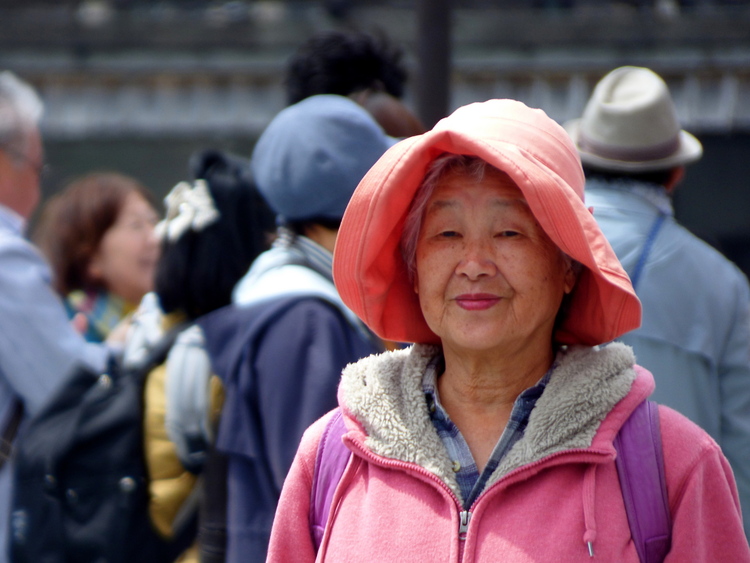
Less is more
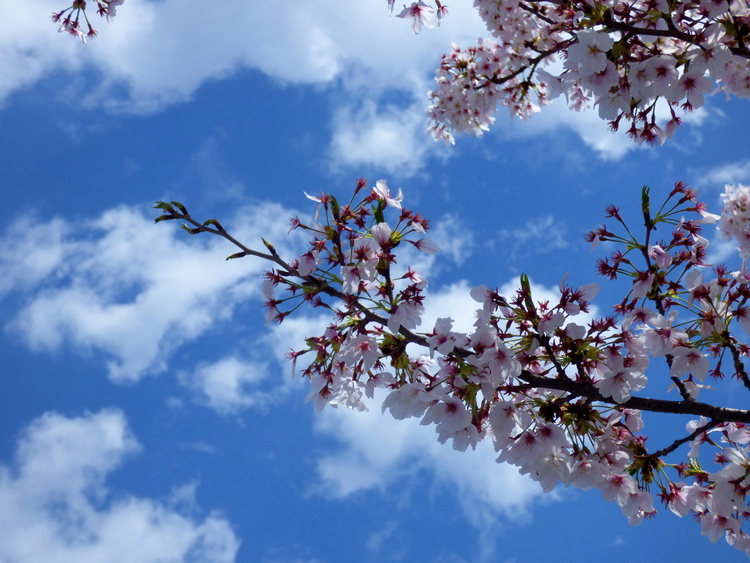
Blue Sky
Geisha, Geiko, Maiko
It's early evening in one of Kyoto's most prestigious districts — Gion. As we walk past the classy restaurants behind high wooden fences, I hear the telling sound of high wooden shoes clacking on the asphalt behind us. A young woman in a kimono hurries down the street, carrying a large bottle of wine.
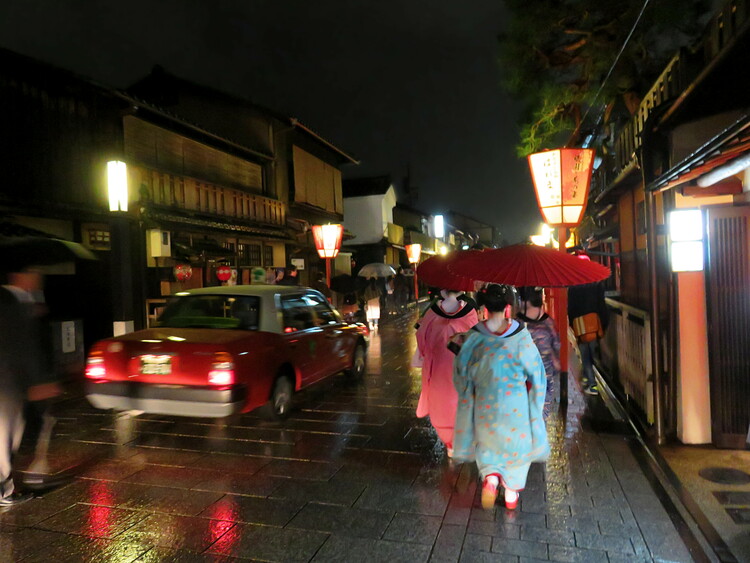
Geisha & Maiko in rainy Kyoto
I don't pay attention for a second and almost block the way of a Geisha and three Maiko with their skillfully painted faces emerging from a door behind me in elaborate kimonos — one of them bows slightly, then they all open traditional paper umbrellas and make their way over to a taxi waiting in the rain.
I don't want to re-hash the entire Wikipedia page on the Japanese cultural phenomenon of the Geisha (or Geiko, as they are called here in Kyoto), but the article definitely offers a fascinating insight into an entirely different facet of Japan.
I still want to briefly write about a core misconception that we Europeans tend to have with regards to Geisha: While the profession of the Geisha originated from the pleasure districts of feudal Japan and arguably has evolved from prostitutes, it has quickly been entirely separated from prostitution: A Geisha masters the art to entertain. This includes conversation skills as much as traditional dance, singing, or other displays of performing art. They belonged to the most educated classes of society, were trained from early childhood and still today enjoy tremendous prestige: To have your event attended by a Geisha, you had to belong to a societal elite or at the very least have some strong contacts there.
And while historians argue whether Geisha and Maiko were suppressed women or the feminists of their time, it is mostly indisputable that it was very difficult for women in 19th century Japan to live a life as independently as Geisha did it - without marrying a man, that is.
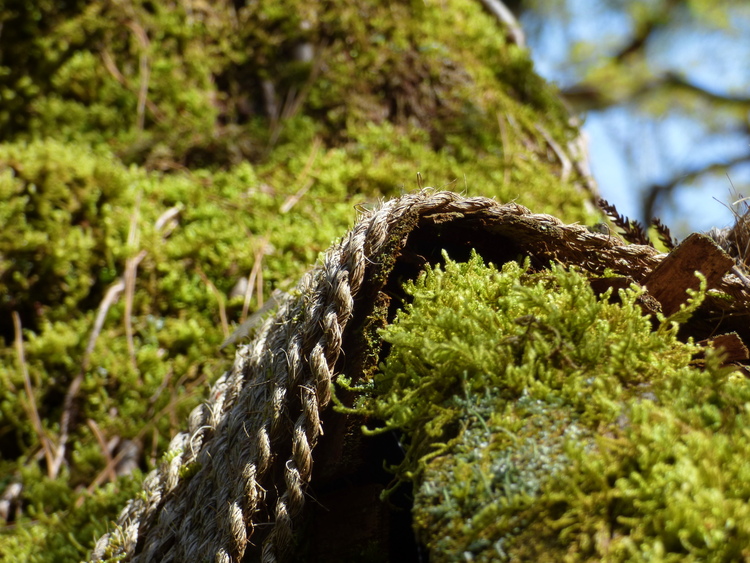
Zen Garden, up close
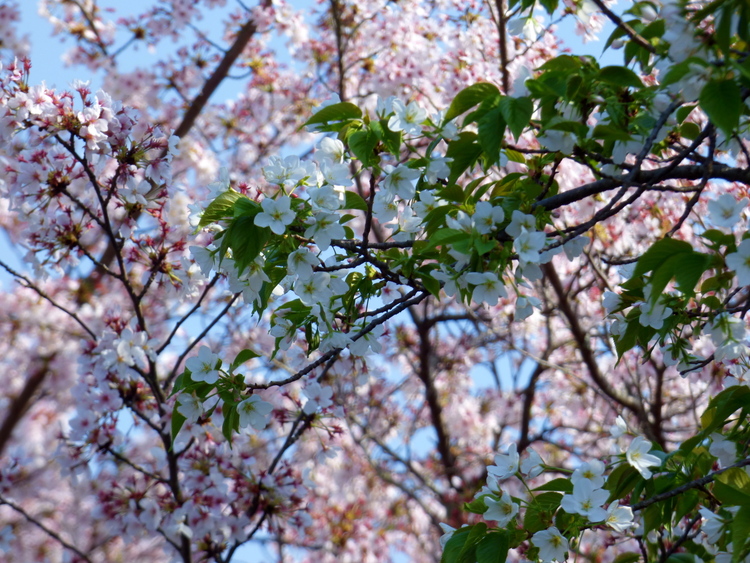
White, Green, Pink
One highlight of the sakura season for Kyoto residents is the yearly dance performance of the local Geiko and Maiko — one of the rare opportunities for 'regular people' to see them perform their arts. Unfortunately, photography is forbidden during the performance, but I can highly recommend it to anyone who finds themselves in Kyoto around that time of the year. It's quite stunning.
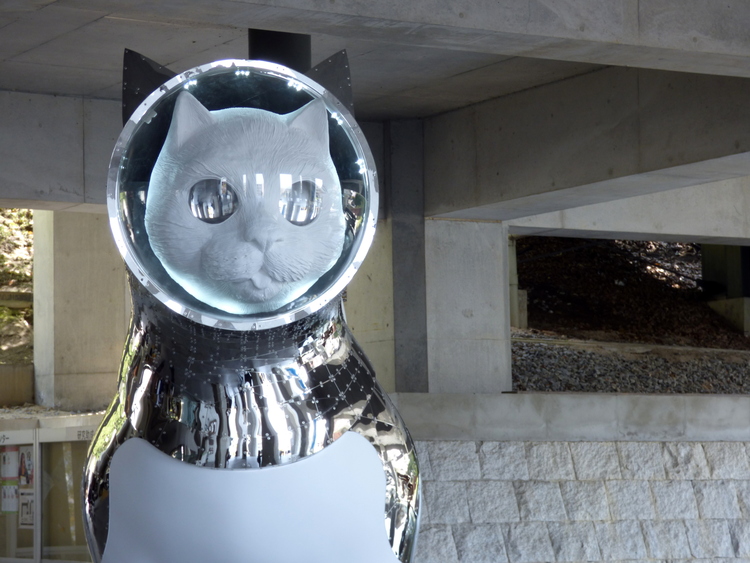
Space Cat...
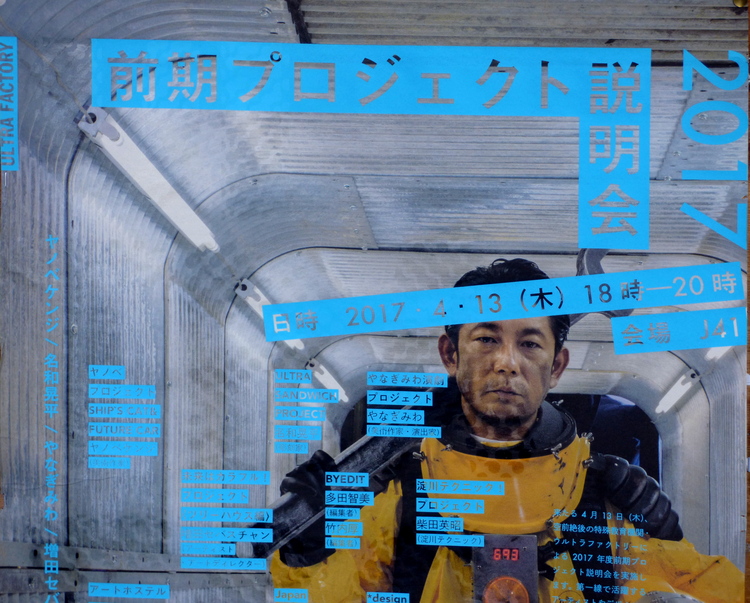
... and Space Guy @ Kyoto University of Arts and Design
Baby Squid Okay?
It's just past nine, and the female half of the family declares that they are 'not that hungry' and would rather stay home — the rest makes its way to Shijo. I found a promising Korean restaurant on the Map which we find after traversing a maze of sliding doors. One might have been able to tell that this is a bit more upscale of a place from the exclusively Japanese reviews on Google Maps, but hey — there's only two of us left, anyway.
Unfortunately, the staff is not Korean enough to quite understand my 'Dolsot Bibimbap', but oh well. All of the cooking is done right behind the counter we sit at — the cook, who is also the designated English-speaker of the venue, asks us Starter Baby Squid okay? — Sure, baby squid okay.
Whole Baby Squid, with eyes and stuff — 5/10, tastes pretty good, but psychologically hard to eat.
After that, there's Tteokbokki — tasty, but not nearly as spicy as the original — and Dolsot Bibimbap — pretty authentic in an absurdly hot stone bowl and, despite a warning from the staff, not that spicy. To finish things off, some Kimbap — 9/10, nothing to complain about — and some entertainment from our cook, who asks us about our travels and explains that he used to be a French cook for a while. Where Kyoto best food? "Here", of course. He laughs.
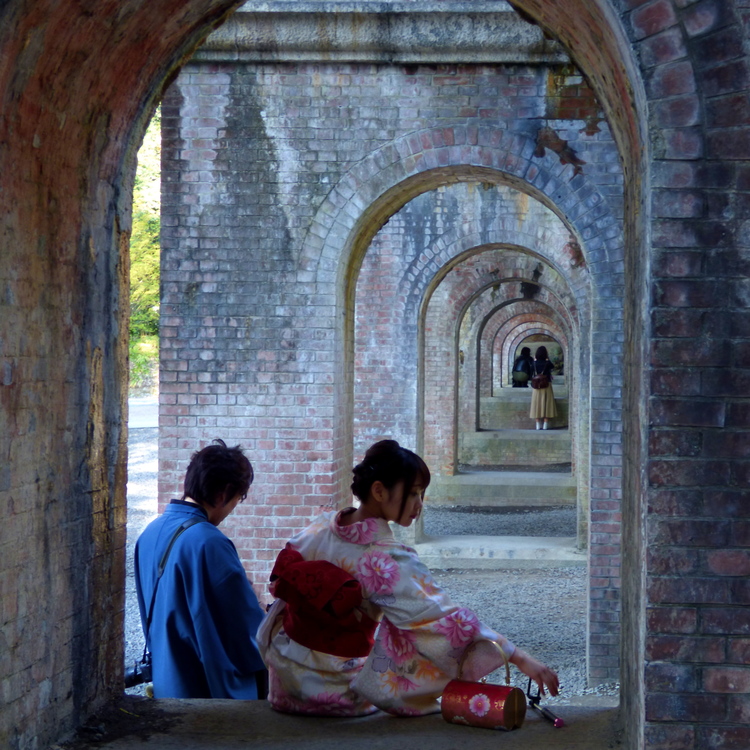
Framed

Golden Hours
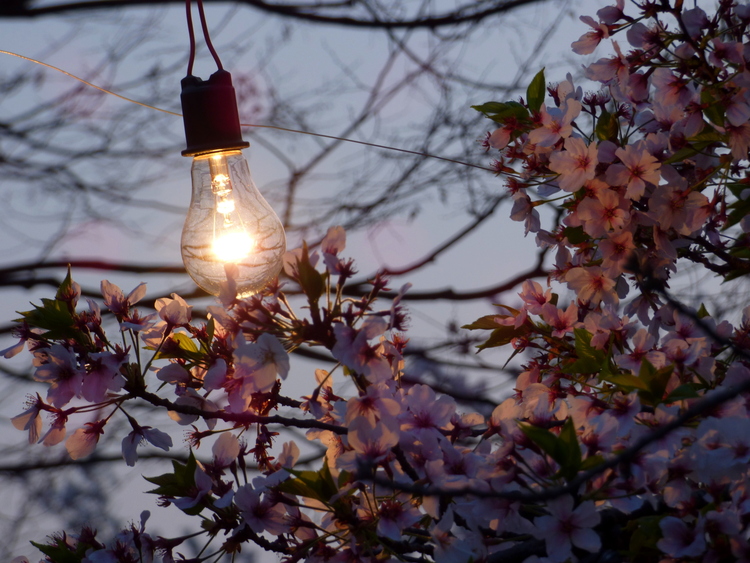
Illumination